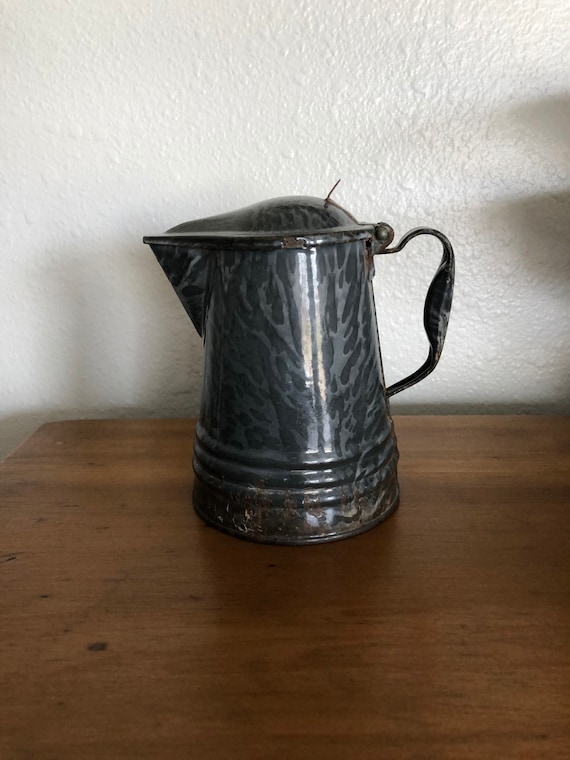A section crew, which usually is led by a foreman, is a group of five or more men responsible for the building and maintenance of railroad track.
Although probably the case with many, if not most railroads, when the Union Pacific Railroad began laying track across the nation, their focus was on speed and covering as many miles as quickly as they could. They were racing against the Central Pacific Railroad. With no meeting point decided ahead of time—merely someplace in Utah north of the Great Salt Lake—the more miles they covered, the more money they made off of their government contract.
Wood used for ties was green-cut, not seasoned, nor always of the best quality. For the Union Pacific Railroad, much of the track was laid across barren, treeless ground. To find wdod for ties, men were required to either freight in wood cut from farther east—which became cost-prohibitive—or cut trees in mountain ranges miles away and floating the wood down rivers. Rails, spikes, fishplates, bolts were of iron—not as sturdy as steel, which did not become available until later. Even with iron, there were different grades. Not always the highest quality grade of iron that could hold up to multiple crossings by the heavy locomotives and the cars they pulled was used. As soon as the road bed was graded and tracks installed, maintenance began. This was done by section crews.
Even when higher grade materials were used, the weight of the heavy locomotives rounding the curves on a track created a centrifugal force which loosened the spikes holding the rails onto the ties and pushing the rails apart. Ties often were pushed down into the rock used to support them. Over time, the rails get pushed out of position to the point that, if not corrected, could result in a train jumping the tracks and derailing.
The men who continuously worked on the rail beds to keep them in good order were technically called a section crew. In addition to keeping track aligned and ties level to they supported the rails properly, they often had replace degraded rails and ties, redrive loosened spikes, and clear undergrowth that might interfere with the integrity of both the tracks and the equipment.
Many people know them by their nickname: Gandy Dancers.
Gandy Dancers received this nickname due to two factors.
First was due to the indispensable lining bar which was used to realign the rails. Because the early lining bars were made by the Gandy Shovel Company, that is the name that stuck. The iron pole, five feet in length, weighed thirty-five pounds. The crewmen lined up and each placed their lining pole where the railroad ties and track met. Then, working in a synchronized manner they coaxed them back into their best alignment.
While using the lining bars, the crew used “dancing” movement to stay synchronized. With the crew foreman starting them off with a few taps of his hammer, they used a cadence-style song or chant. Most were in the call-and-response style found in churches, blues music, and, eventually, adopted by the United States military. The leader sang or chanted the first part; the crew responded with the second part. It kept everyone coordinated as they worked, and the witty lyrics helped to keep spirits high in spite of the physical demands of the job.
Gandy Dancers, or section crewmen (and, during World War II, crewwomen) came from all backgrounds. Railroads in the East and Midwest often pulled section crews from minorities and recently-arrived immigrants. Many in the South were blacks, such as those commemorated in the photograph, above, by these Gandy Dancers at the Florida Folk Festival in White Springs.
~o0o~
In my most recent book, Lauren, Rescue Me (Mail-order Brides) Book 2, I have one scene where, instead of the point-of-view being that of either the hero or heroine, it is told from the perspective of Eric Brown, a section crew foreman. With a minimal of literary license, I wrote this chapter based on an incident that actually happened in August of 1878. It involved the rails he and his crew were to work on—not during the day the chapter takes place, but the following day—and what he noticed about the fishplates. It was a sight he never wished to see. In the color picture of the Gandy Dancers at the Florida Folk Festival, see if you can tell where the fishplates are on the tracks.
Lauren is now available as an ebook, both for purchase and at no additional cost with a Kindle Unlimited subscription. For the book description and link, please CLICK HERE
Sources:
https://www.irishshrine.org/big-pivot-posts/railroaders-and-fascination-remembering-the-gandy-dancers
https://www.american-rails.com/gandy-dancer.html
https://en.wikipedia.org/wiki/Gandy_dancer
https://commons.wikimedia.org/wiki/File:Gandy_dancers_at_the_Florida_Folk_Festival-_White_Springs,_Florida_(7189557631).jpg








.jpg)

